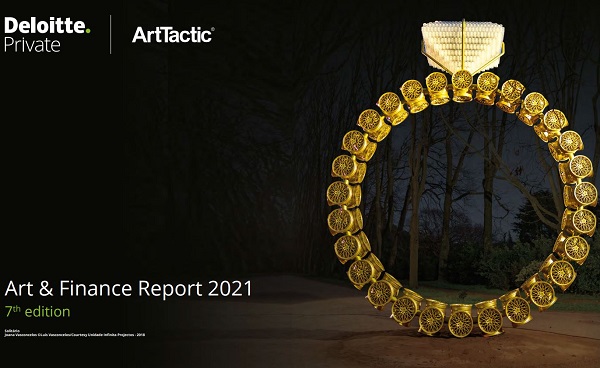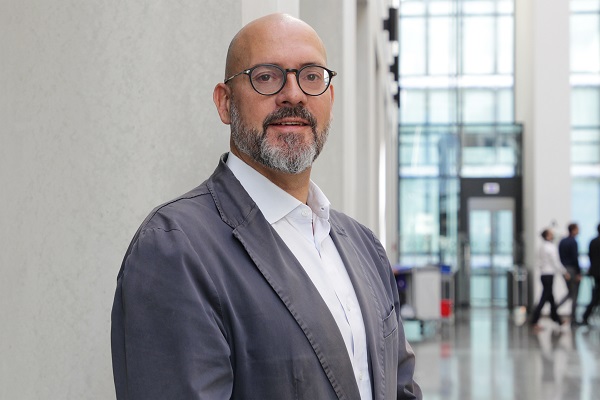 (Below) Adriano Picinati di Torcello, Director at Deloitte Luxembourg, Global Deloitte Art & Finance coordinator;
Credit: Deloitte
(Below) Adriano Picinati di Torcello, Director at Deloitte Luxembourg, Global Deloitte Art & Finance coordinator;
Credit: Deloitte
On Monday 25 October 2021, Deloitte Private and ArtTactic presented the 7th Art & Finance report at a virtual launch webinar with around 600 attendees.
The latest Deloitte Private and ArtTactic Art & Finance report revealed striking trends regarding a new generation of collectors and alternative investment trends over a ten-year retrospective. Despite the disruptions caused by the COVID-19 pandemic, the last eighteen months have marked a period of transformational change in the art market, leading to more resilient and innovative business models. As a result, asset diversification is set to drive further demand for art-related assets, according to the 7th Art & Finance report by Deloitte Private and art market research company ArtTactic.
- wealth management offering: 85% of wealth managers, 76% of collectors and 96% of art professionals surveyed believe art should be part of a wealth management offering. 69% of wealth managers felt the art industry needed to modernise its business practices and that art professionals must now rise to this challenge;
- estate planning and art collections: only 43% of wealth managers believed their clients’ estate plans sufficiently addressed their art collection - a steep decline compared with 67% in 2019. Family offices and collectors must step up and involve the next generation to maintain value;
- sustainable impact investment in the arts: 28% of collectors and 31% of art professionals singled out sustainable impact investment in the arts as their most attractive investment model. Sustainable investing was more popular among the younger demographic (under 35 years old), where 50% were most interested in socially responsible investment products in culture;
- art-secured lending: the way collectors view their artwork has shifted in the last decade. While still collecting for emotional reasons, collectors are increasingly motivated by financial aspects, viewing their art as part of their overall balance sheet. The report conservatively estimates that the overall market size of outstanding loans against art could reach between $24 billion and $28.2 billion in 2021, a 10.7% average growth rate, and rise to an estimated $31.3 billion by 2022;
- new opportunities thanks to alternative forms of art ownership: 33% of wealth managers said their clients had expressed an increased interest in non-fungible tokens (NFTs), fractional ownership (29%), art investment funds (25%) and social impact investment in culture (21%). Culture and impact investment could be influenced by the role culture can play in a smart city strategy;
- maturing art technology as a critical enabler for the industry: from blockchain to artificial intelligence - art technology’s influence in the development of new art investment models is expected to rise. Younger collectors especially believe technology will be a major game-changer in the art and wealth management industry over the next two to three years. The vast majority (92%) of younger collectors said augmented reality (AR) and virtual reality (VR) would have a significant impact, compared with 38% of older collectors;
- risk management and regulation: self-regulation remains the art market’s preferred approach to establish trust and credibility. However, significantly more collectors (47%) indicated their preference for government regulation this year, up from 22% in 2019, with 36% of art professionals saying the same (28% in 2019).









